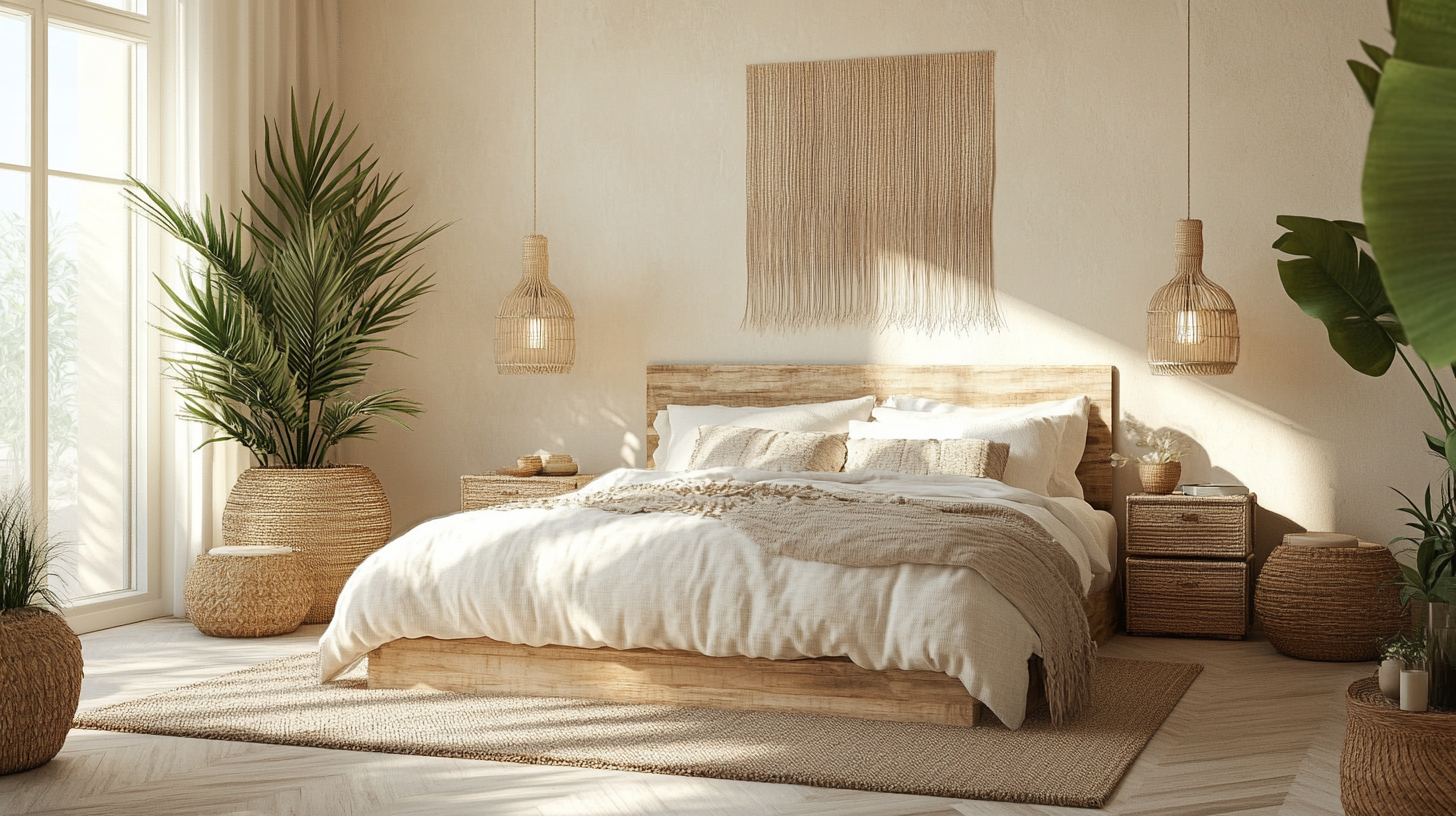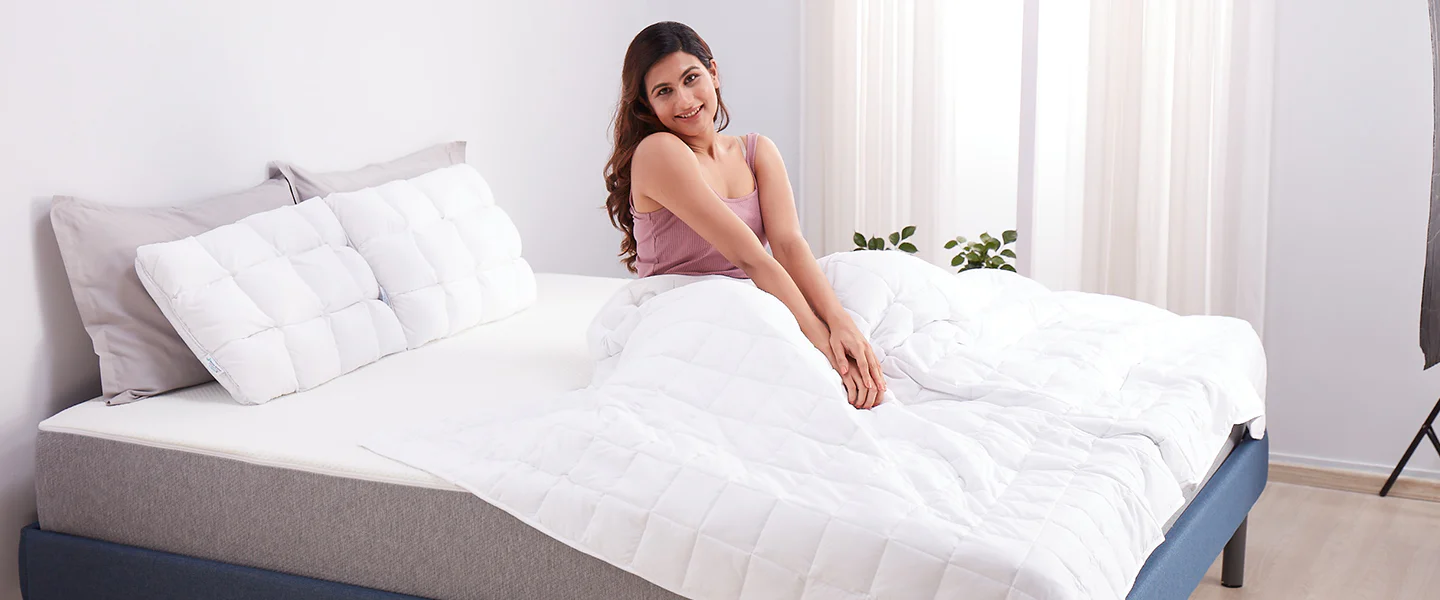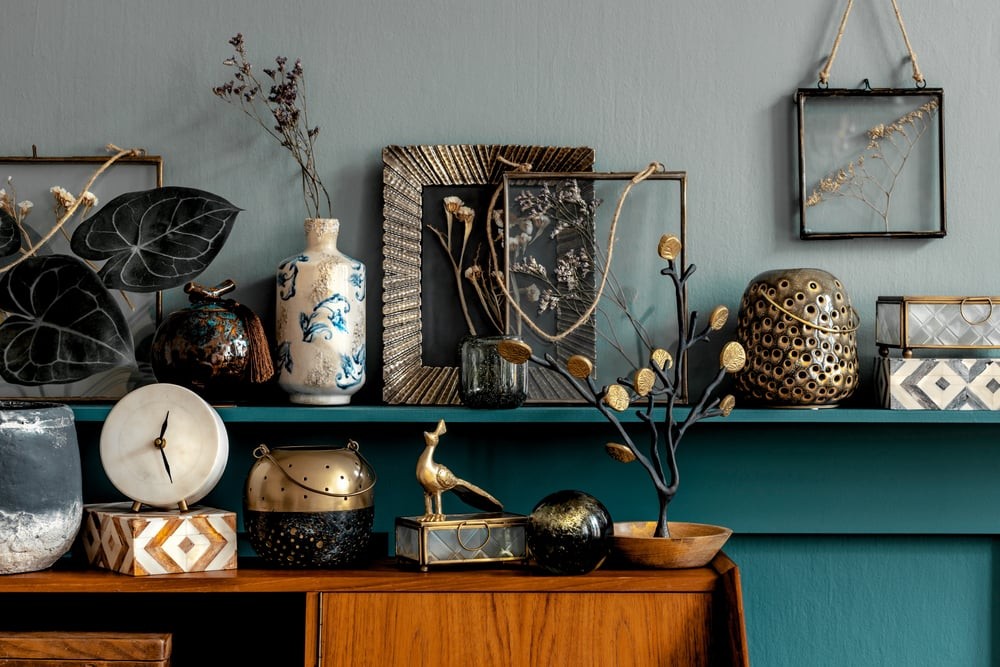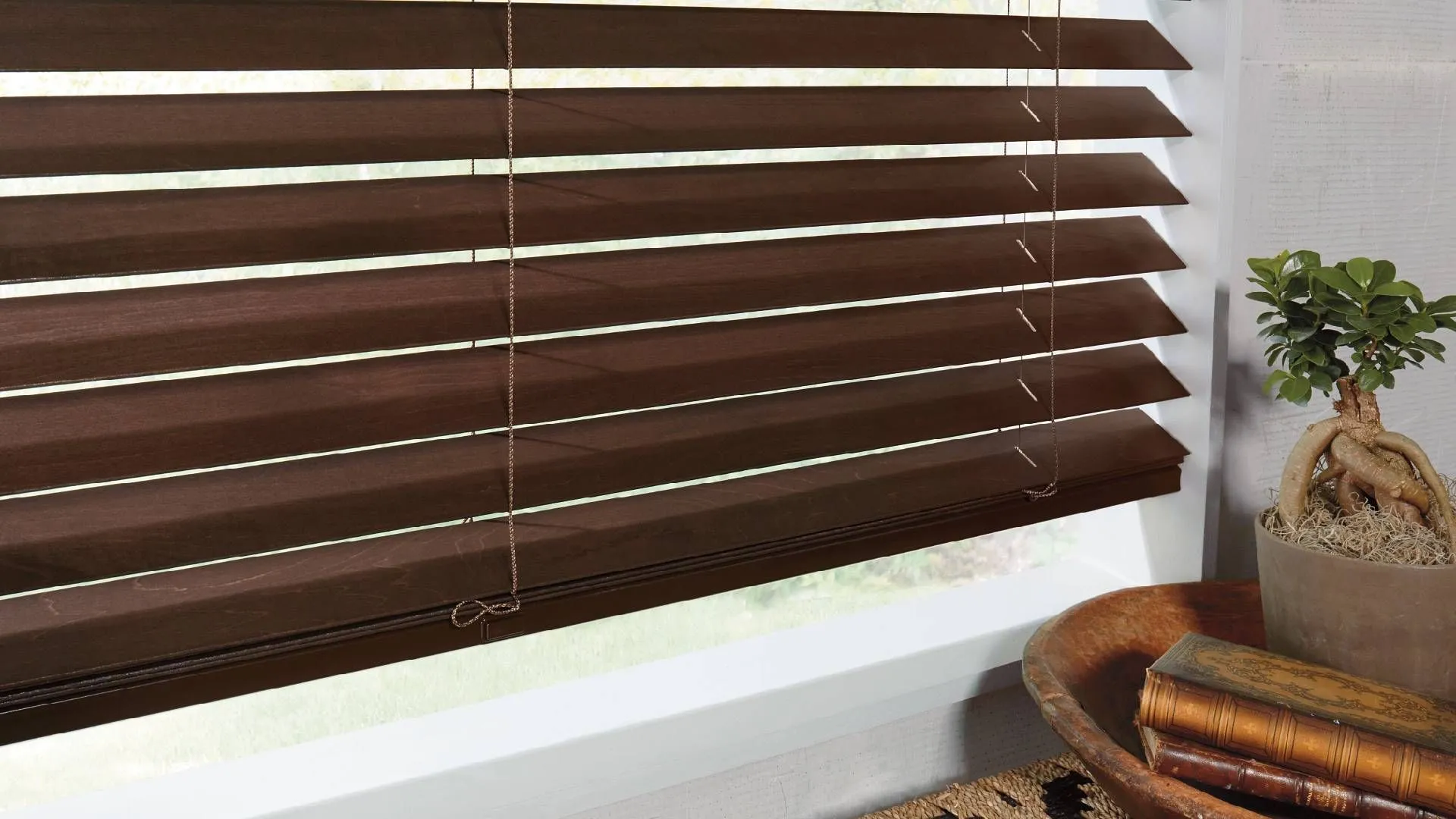
Creating a sustainable bedroom goes beyond just aesthetics. It’s about designing a space that promotes wellness for both you and the planet. From the materials used to the energy consumption in your room, every choice can contribute to a greener future.
Fortunately, sustainable design doesn’t mean sacrificing comfort or style. With the right approach, your bedroom can be an eco-friendly sanctuary that reduces your carbon footprint. In this article, we will explore various eco-conscious decisions you can make to transform your bedroom into a sustainable haven.
1. Choose Eco-Friendly Bed Frames and Furniture
When selecting furniture for your bedroom, opt for eco-friendly materials that are renewable, durable, and responsibly sourced. A great option to consider is reclaimed wood, which gives a second life to previously used materials while reducing the demand for new timber.
This minimizes deforestation and helps conserve natural resources. Additionally, look for furniture pieces certified by organizations like the Forest Stewardship Council (FSC), which ensures the wood is sustainably harvested.
Another good alternative is metal furniture that can be recycled, helping to close the loop in the product lifecycle. Sustainable furniture not only benefits the environment but adds character and a unique, natural look to your bedroom.
When it comes to mattresses, the good news is that almost every company offers some type of sustainable choice. Whether you decide to go to a mattress showroom or elect to purchase a mattress in a box, the chances are there will be at least one sustainable mattress option available. Just make sure to do your research into accreditations like CertiPUR-US® and USDA’s Bio-Preferred.
2. Opt for Sustainable Bedding and Accessories

Your bedding can have a significant environmental impact, so choose materials that are kind to both you and the planet. Bamboo sheets are an excellent choice due to bamboo’s fast-growing nature and minimal environmental footprint.
Additionally, consider eco-friendly additions such as a mattress topper made from natural bamboo, which offers comfort and longevity without synthetic materials that harm the environment. Sustainable bedding not only improves your sleep quality but also reduces waste and chemical use in your home.
3. Invest in Energy-Efficient Lighting
Lighting plays a huge role in your room’s energy consumption. Switching to energy-efficient LED bulbs can drastically cut down your electricity usage. LED bulbs last much longer than traditional incandescent lights and consume far less energy, reducing your overall carbon footprint.
You can also embrace natural lighting as much as possible by using lighter curtains that let sunlight flow in during the day. This reduces the need for artificial lighting and provides a warmer, more inviting atmosphere.
Don’t forget to turn off lights when not in use, and consider using dimmers or motion-sensor lights to further optimize energy usage in your bedroom.
4. Use Non-Toxic Paints and Finishes

Many conventional paints contain volatile organic compounds (VOCs), which release harmful toxins into the air even after the paint dries. These VOCs can affect indoor air quality and contribute to respiratory issues.
By choosing non-toxic, low-VOC, or VOC-free paints, you’ll significantly reduce these emissions, creating a healthier environment. Some eco-friendly paints are even made from natural ingredients such as clay or plant-based oils.
These options not only improve indoor air quality but also reduce environmental pollution during the manufacturing process. Additionally, opting for water-based stains or finishes on wood furniture will help keep harmful chemicals at bay while still achieving a polished look.
5. Opt for Eco-Friendly Flooring Solutions
Flooring is a major consideration when creating a sustainable bedroom, and there are several eco-friendly options available. Reclaimed wood, cork, and bamboo are top choices due to their renewable qualities. Reclaimed wood gives a second life to older materials, reducing the need for new lumber.
Cork, made from the bark of cork oak trees, is harvested without harming the tree, making it a highly renewable option. Bamboo, as previously mentioned, is both durable and sustainable. Additionally, these materials are free of harmful chemicals, ensuring a healthy indoor environment.
To further enhance sustainability, choose flooring that can be recycled or repurposed in the future, reducing waste and environmental impact over time.
6. Select Sustainable Window Treatments
Windows play a critical role in regulating the temperature in your bedroom. Sustainable window treatments not only improve energy efficiency but also contribute to a stylish and eco-friendly room. For example, choose blinds or curtains made from organic cotton, linen, or bamboo.
These materials are natural, biodegradable, and produced with minimal environmental harm. Moreover, they help regulate sunlight, reducing the need for heating or cooling by keeping your room warm in winter and cool in summer.
Layering curtains can provide additional insulation while adding an elegant touch to your décor. Sustainable window treatments are a simple yet effective way to enhance the energy efficiency of your bedroom.
7. Introduce Plants for Better Air Quality
Indoor plants are not just a design element; they also have a significant impact on your room’s air quality. Plants act as natural air purifiers, absorbing carbon dioxide and releasing oxygen, leading to a fresher and healthier environment.
Some plants, such as the snake plant, spider plant, and peace lily, are especially known for their air-purifying properties. Introducing plants into your bedroom can reduce indoor air pollutants and improve humidity levels, making the space more comfortable.
Moreover, plants contribute to the overall aesthetics of your room, adding a touch of greenery and tranquility while promoting an eco-friendly lifestyle.
8. Consider Upcycling and Secondhand Decor

Upcycling is a creative and sustainable way to furnish your bedroom. Instead of buying new items, consider repurposing old furniture or finding secondhand pieces to give them a new life. Upcycling not only reduces waste but also saves energy and resources that would be required to produce new furniture.
You can transform old dressers, chairs, or side tables with a fresh coat of eco-friendly paint or new hardware. Vintage or secondhand décor items often have unique charm and character, allowing you to personalize your space while being environmentally conscious. Upcycling is a fun and budget-friendly way to create a sustainable bedroom with a personal touch.
Designing a sustainable bedroom involves making conscious choices that benefit both your well-being and the environment. From eco-friendly furniture and bedding to energy-efficient lighting and upcycled décor, each decision contributes to reducing your carbon footprint.
Materials like bamboo and cotton offer comfort and sustainability, while minimalism helps you create a clutter-free, serene space. By integrating these eco-friendly elements, you can transform your bedroom into a greener, healthier, and more sustainable sanctuary. Every small change you make moves you closer to a more eco-conscious lifestyle, promoting both personal and planetary well-being.


